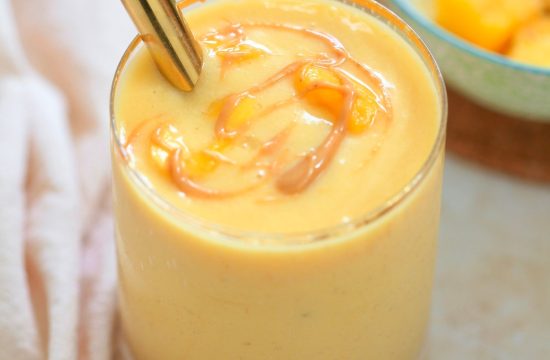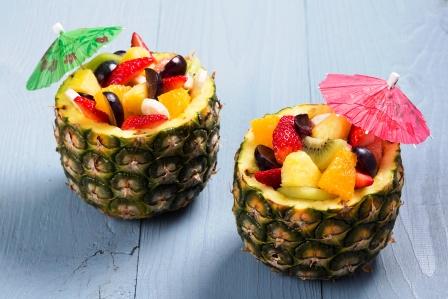Blunt injury, sprains and blunt wounds due to a fall or an accident primarily increases Vata dosha. Hence, all measures of Vata dosha balance are application in such a situation.
Ice Packs
Ice packs relieve pain instantly. As per Ayurveda, pain is a cardinal sign of Vata dosha and coldness is a quality of Vata. So, coldness of ice pack should increase the pain, but it decreases. How?
Dr JV Hebbar
During an emergency situation, you would take some emergency steps by breaking some rules and once when the emergency is gone, you would restore the normal order.
Similarly, when there is a blunt injury, an ice pack is a great way to reduce the pain sensation quickly.
Read: Injury, Wound care Ayurvedic Remedies, Medicines


Ice packs bring about below-mentioned changes in the body
Vasoconstriction: Cold temperature causes local blood vessels to constrict. This decreases blood flow to the area and thus prevents development of swelling and inflammation.
In the short term, it is a good mechanism to reduce the pain. But in the long term, the swelling and inflammation is a good thing to happen, as it reminds the person not to rest the painful part and it also kickstarts the healing process.
Inflammation is a good process to happen. Inflammation attracts immune cells, such as white blood cells, to the injured area. These cells remove debris, bacteria, foreign substances from the site of injury. They help to clean the wound and prevent infection, creating a favorable environment for healing. The immune cells do these actions by releasing chemicals such as cytokines, chemokines, and prostaglandins.
Read: Classification Of Marma Based On Effect Of Injury
Decreased Nerve Conduction: Cold packs numb the area and decrease nerve conduction. Nerves carry pain signals. Because nerve endings are numbed (blocked), the pain sensation does not reach the brain.
In the short term, this is a good thing to reduce the pain sensation. But in the long term, it is good for the brain to feel the pain. Once the pain signals are received by the brain, the body makes arrangements to send healing factors, nutrients, oxygen and immunity cells to the site of injury, which kickstarts the healing process.
Read: Types Of Swelling – Ayurveda Diagnosis Charak Samhita Sutrasthan-18
Buy Charaka Samhita Text – Translated by Easy Ayurveda
Reduced Metabolic Activity: Cold therapy slows down metabolic activity and production of inflammatory chemicals. This reduces swelling and tissue damage in the short term. But we already known that in the long term, these processes are necessary for healing.
Analgesic Effect: Cold therapy can relieve pain temporarily by numbing the nerve ending and reducing inflammation. But inflammation is a good thing to happen. Inflammation helps in tissue remodelling. by activating specialized cells called fibroblasts.
Fibroblasts produce collagen, a key component of connective tissue, which helps to repair and strengthen the damaged area. Collagen forms a framework for the healing process and supports the regeneration of new tissue.
Inflammation also removes dead and damaged cells from the site of injury.
Read: Shotha (inflammation): Causes, Types, Treatment, Medicines
Cooling Effect: The cold temperature distracts the brain from the pain, temporarily.
It’s important to note that cold packs should be used with great caution and only for a short duration of 15-20 minutes with breaks in between.
Avoid direct skin contact of ice. Use a towel or cloth for preparing a cold pack.
The bottom line is, the pain relief effect of ice packs is temporary and it just blocks the pain rather than healing the pain.
Coming to Vata dosha, coldness quality and pain sensation, it is true that pain is a vata symptom and coldness should increase pain sensation. But in the case of ice pack application, Vata dosha is temporarily blocked by the ice on skin, thus the sensation of pain is also blocked for a short period of time.
In the long run, coldness increases pain due to Vata dosha increase.
Eg: Joint pains worsen during winter.
Read: Cold Quality – Sheeta Meaning, Action On Doshas, Therapeutic Uses














